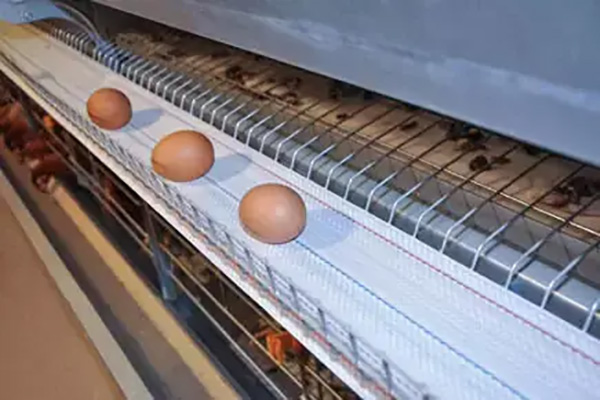How to Start a Free Range Chicken Farm: A Comprehensive Guide
Time : 2025-04-16
Are you dreaming of starting your own free-range chicken farm? It’s a noble endeavor that can be both rewarding and profitable. But where do you start? In this article, we’ll walk you through the essential steps to get your free-range chicken farm up and running. So, let’s get cracking!
1. Understanding Free-Range Farming
First things first, let’s clarify what free-range farming actually means. Free-range chickens are allowed to roam around outside their coops, which means they can forage for food and exercise more than their cage-bound counterparts. This results in healthier, happier chickens and, ultimately, tastier eggs.
2. Research and Planning
Before you dive in, it’s crucial to do your homework. Here’s what you need to research:
– Market Demand: Are there enough customers in your area willing to pay a premium for free-range eggs and chicken meat?
– Local Regulations: Check with your local agricultural department to understand the rules and regulations regarding free-range farming.
– Competition: Analyze the competition in your area to find a unique selling proposition for your farm.
3. Choose the Right Location
The location of your farm is crucial. Here are some factors to consider:
– Proximity to Customers: Being close to your market can reduce transportation costs and ensure fresh products.
– Access to Resources: Make sure you have access to water, electricity, and a reliable source of feed.
– Land Availability: Look for a piece of land that is suitable for raising chickens and has enough space for expansion.
4. Design Your Chicken Coop
Your coop is the heart of your farm. Here’s what you need to consider:
– Size: Your coop should be large enough to accommodate the number of chickens you plan to raise.
– Ventilation: Good air circulation is essential to keep the chickens healthy.
– Safety: Ensure the coop is secure from predators and harsh weather conditions.
5. Select Your Chickens
Choosing the right breed is vital for your farm’s success. Here are some popular free-range chicken breeds:
– Broiler Chickens: Ideal for meat production.
– Layer Chickens: Known for laying eggs.
– Dietary Needs: Consider the specific dietary needs of your chosen breeds.
6. Feed and Water
Feeding and watering your chickens are essential tasks. Here’s what you need to know:
– Feed: Use high-quality feed that meets the nutritional needs of your chickens.
– Water: Provide fresh, clean water at all times.
7. Health and Welfare
The health and welfare of your chickens are paramount. Here’s how to keep them in top shape:
– Regular Checks: Perform regular health checks and vaccinations.
– Predator Control: Protect your chickens from predators by securing your coop and property.
8. Marketing Your Farm
Once your farm is up and running, it’s time to market your products. Here are some tips:
– Farmers’ Markets: Attend local farmers’ markets to sell your eggs and chicken meat.
– Online Sales: Set up an online store to reach a wider audience.
– Word of Mouth: Encourage satisfied customers to spread the word about your farm.
9. Monitor and Adapt
Running a free-range chicken farm is an ongoing process. Here’s how to stay on top of things:
– Monitor Performance: Keep track of your chickens’ growth, egg production, and overall health.
– Seek Feedback: Regularly ask for feedback from your customers to improve your products and services.
10. Stay Committed
Starting a free-range chicken farm requires dedication and hard work. Be prepared for challenges and stay committed to your vision.
In conclusion, starting a free-range chicken farm is a rewarding journey that requires thorough planning, dedication, and a deep understanding of chicken farming. By following these steps, you’ll be well on your way to building a successful and sustainable farm.
—












